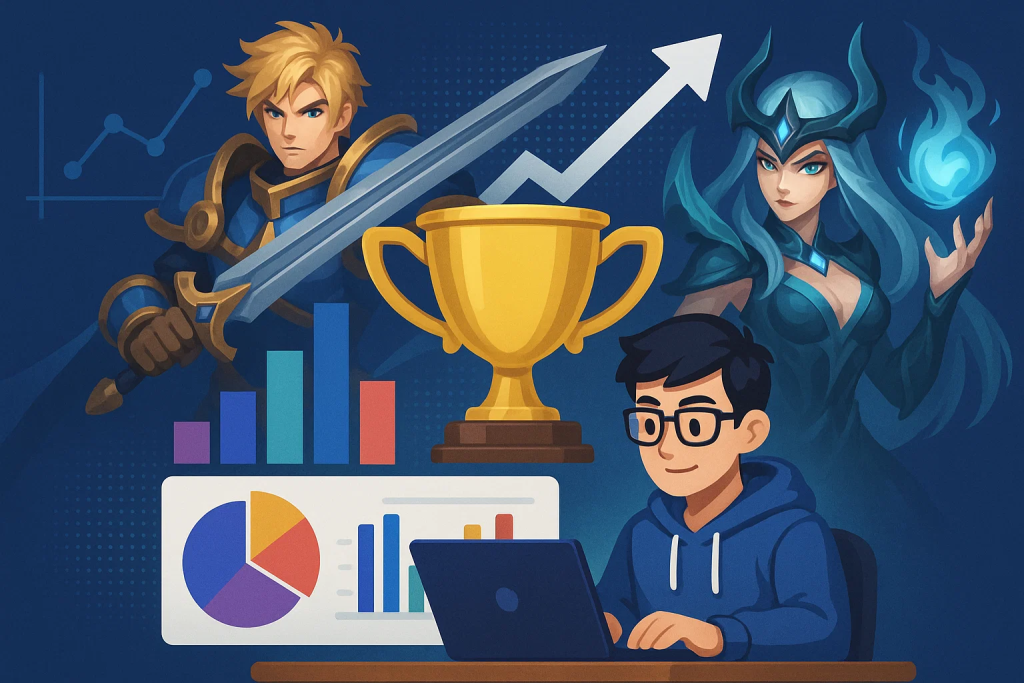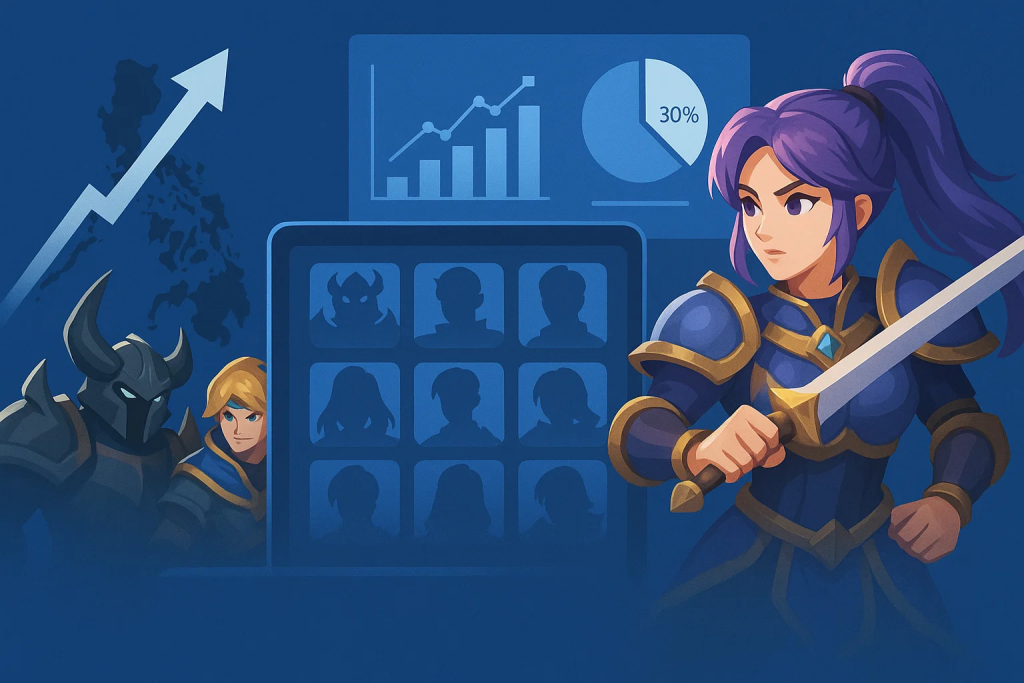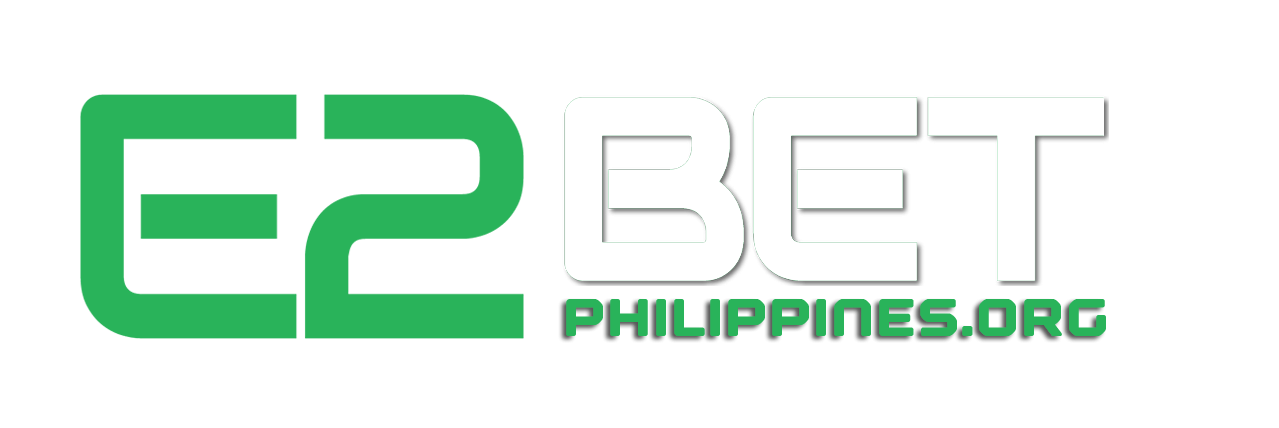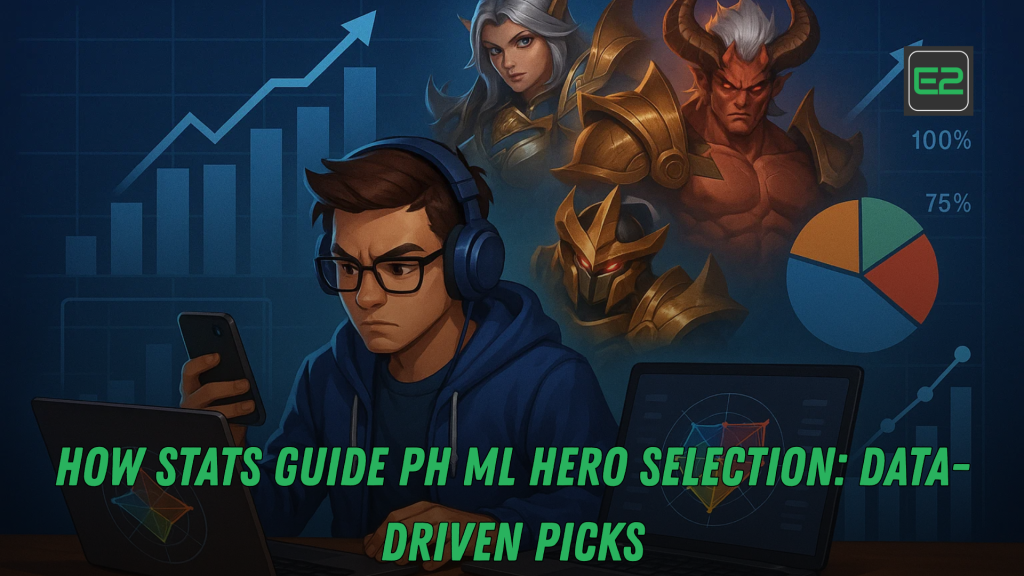Table of Contents
Filipino Mobile Legends fans love flexible drafts, flashy mechanics, and high-tempo macro. That is the power of a data-first approach to PH ML hero selection. But the teams that win consistently do something less glamorous: they let the numbers decide. In a scene where every patch reshuffles power, analytics turn noise into signal and give drafters a repeatable edge. This guide is a complete playbook for coaches, analysts, captains, and ambitious ranked squads who want to use stats to make smarter PH ML hero selection calls—under pressure, in the ban phase, and during best-of series when momentum swings can feel personal.

Across scrims, ranked ladders, qualifiers, and national leagues, performance gaps are rarely about raw hands alone. They’re about precision: knowing when a hero’s pick rate hides a role mismatch, when a sky-high KDA masks low objective pressure, and when comfort should beat meta because your athlete is a true outlier. With the right workflow, your team can quantify those calls instead of debating them at the last second.
Executive summary for busy coaches
- Build a single source of truth from match logs (ranked, scrims, officials).
- Turn raw numbers into decision metrics that map to your win conditions.
- Practice the draft in sprints: simulate bans, force tradeoffs, review outcomes.
- Use patch windows to refresh assumptions—never carry old truths blindly.
- Above all, document how each number influences PH ML hero selection to avoid “because vibes” arguments on game day.
What “data-driven” really means (and what it doesn’t)
Being data-driven doesn’t mean ignoring intuition; it means testing it. A roamer might swear that a certain tank warps the map, but if neutral objective control drops whenever it’s locked in, the staff must ask why. Either the comp fails to reach early spikes or the rotations need rework. When the numbers and the eye test disagree, iterate the plan—not the blame. In short, good analysis informs PH ML hero selection while leaving room for genuine comfort picks that the data supports.
What it doesn’t mean: mistaking global statistics for local truth. Philippine lobbies have their own tempo, hero pools, and scrim cultures. The dataset that matters most is yours—your athletes, your comps, your opponents. Build outward from that center when shaping PH ML hero selection priorities.
Data foundations: building your team’s truth layer
Before you chase fancy dashboards, get the plumbing right. Your truth layer should include:
- Roster-level logs – hero usage by role, side, patch, and opponent archetype.
- Phase-level outcomes – gold and XP at 5/10/12 minutes, first Turtle/Lord, turret score.
- Fight metrics – participation rate by player, damage share, time-to-kill around objectives.
- Map pressure signals – minion wave states at spawn timings, roam path success, deep ward survivals (if using scrim mods).
These four buckets serve a single purpose: to shorten debates about PH ML hero selection by showing how heroes actually perform in your ecosystem.
From raw stats to decisions: the core metrics that matter
Numbers become valuable only when they answer a draft question. Start with these six decision metrics and define how each shapes PH ML hero selection calls.
- Pick strength (PS): win rate adjusted for opponent quality and sample size.
- Use: gate which comfort picks are auto-locks versus situational.
- Objective influence (OI): share of damage/heal/CC within 10 seconds around Turtle/Lord.
- Use: decide which heroes appear in comps that trade kills for structures.
- Tempo fit (TF): time to first major item vs. comp spike plan.
- Use: filter greed picks when strategy demands early skirmish control.
- Lane pressure index (LPI): turret plate gold + wave crash differential by 6 minutes.
- Use: separate “good KDA” from genuine side-lane impact.
- Synergy score (SS): lift in PS when paired with specific allies (e.g., jungler + mid).
- Use: promote duo packages that dominate mid-river control.
- Counter reliability (CR): performance when drafted as answer into top-two enemy threats.
- Use: stabilize risky series with safe counter locks during PH ML hero selection.
Tie each metric to a rule. Example: if OI < team median by 20% on first pick side, deprioritize for opener; if SS > +8% with a specific jungler, pre-bundle them on red side to bluff a flex.
Draft phases as repeatable sprints
Treat the ban-pick like a speed chess puzzle you’ve already solved.
- Phase 1 bans: remove global warps (broken engage, unanswerable poke) or ban to protect a first-pick package. This frames PH ML hero selection to create high-value trades later.
- First rotation picks: lock your identity piece (win condition) and one stabilizer.
- Phase 2 bans: target enemy synergy; cut off bridges to their obvious closer.
- Final rotation: secure execution—wave clear, reliable CC, disengage, or burst timer.
After every series, run a two-minute retro: Did our rules guide PH ML hero selection or did panic? If panic, fix the rule or the rehearsal.
Role-by-role frameworks that align with the numbers
Roamer: Prioritize engage distance, cooldown economy, and ward denial patterns. If OI jumps when the roamer picks long-range initiation, your baseline PH ML hero selection for support should bias toward playmakers. When OI drops but LPI rises, your comp might need a peel roamer to safeguard scaling.
Jungler: Track first clear speed, contest win rate at 2:00–3:30, and conversion rate on objective timers. If TF indicates late spikes, pair with strong skirmish mids to keep river parity; that partnership becomes a package inside PH ML hero selection.
Mid: Heat maps of rotation success tell you whether the mid is a lane bully or a river governor. If SS with your jungler exceeds threshold, draft them together even if one is slightly off-meta; the duo’s net impact justifies the choice in PH ML hero selection.
Gold lane: Measure plate gold share and DPS at 10 minutes. If the gold laner’s best heroes hit item spikes late, draft early map agency elsewhere; if the team insists on early fight comps, steer PH ML hero selection toward laners with fast two-item online timing.
EXP lane: Wave control and TP/rotate timing are king. When LPI is high but team fights still fail, the EXP hero may not translate side pressure to 4v4 wins. Choose bruisers that bridge side win to objective presence in PH ML hero selection.
Patch literacy: rebaselining every eight weeks
A small number tweak can rewrite the meta. Create a patch digest that lists:
- Direct hero changes affecting spikes or cooldowns.
- Item shifts that alter build paths and TF windows.
- Jungle camp value changes that reshape first clear choices.
Within 72 hours, run ten scrims to refresh PS, OI, and LPI for your top pools. Do not carry over pre-patch truths into post-patch PH ML hero selection. The first team to rebaseline wins free series.
Opponent scouting: make the enemy predictable
Instead of generic prep, extract two vulnerabilities:
- Comfort cages: three heroes an opponent locks when nervous.
- Bridge bans: two heroes that connect their opener to a closer.
Use bans to break their bridges, then float offers that look good but lead to poor OI or CR in your dataset. You are not just picking heroes—you’re steering their PH ML hero selection toward a trap.
Draft archetypes that fit Philippine tempo
- Skirmish First: early river fights, mid-jungle duos, pokes that turn into dives. Optimizes OI and TF windows.
- Siege & Catch: long-range control, punish oversteps, take turrets on timers. Requires LPI discipline.
- Split & Squeeze: EXP lane pressure creates 4v5 zones at objectives; map reading is critical.
- Fast Farm Closer: protect late-game carry with peel, trading early plates for Dragon/Lord stability. CR metrics decide viability.
Each archetype encodes a different logic for PH ML hero selection. Document which your team executes best and draft to that identity until patches force a switch.
Case studies (composite, based on common scenarios)
Case 1: The deceptive KDA
A gold laner posted 6.0 KDA over 40 scrims on a mobile marksman. But OI around Turtles was 17% below team median; fights won rarely turned into plates. Once staff de-emphasized that pick, PS for comps with early skirmish mids increased and PH ML hero selection began to prioritize wave-first laners who crash on timing.
Case 2: The duo package
Mid-jungle pairing showed SS of +9.4% when locked together versus +1.2% apart. Coaches built a red-side plan to threaten both in the first rotation, forcing opponents to overban and leaving powerful counters open. This single insight transformed PH ML hero selection into a bait-and-trade machine.
A 90-minute matchday analytics workflow
- T-90: load opponent tendencies; mark two comfort cages, two bridge bans.
- T-70: review your top three archetypes that fit patch and athletes’ energy levels.
- T-50: confirm rules that govern PH ML hero selection (e.g., “first pick requires OI ≥ median +10%”).
- T-30: walk athletes through opener–closer paths; assign veto rights to captain.
- T-10: silence. Players review cue words; analyst watches lobby for surprise bans.
- During draft: stick to packages; write down the “why” behind each pick for postgame review.
- After match: two-minute retro—did the rules help? If not, refine them by morning.
This cadence prevents last-minute chaos and keeps PH ML hero selection aligned with your win conditions.

Turning ranked stacks into a lab
You don’t need league access to build a strong dataset. In ranked stacks:
- Assign one player to tag matches: patch, side, hero, role, and two outcome notes.
- Run weekly “hero focus” blocks where a player locks two picks for 20 games to stabilize PS and OI samples.
- Rotate captaincy so multiple voices learn how stats affect PH ML hero selection.
Within a month, your stack will think like a pro staff—and your win rate will reflect it.
Communication scripts for calmer drafting
- Pre-draft huddle (60s): “Identity: skirmish first. If we first pick, lock our engage anchor; if they ban it, shift to peel package. Our rule: no opener with OI below team median. We protect map tempo and let that govern PH ML hero selection.”
- Ban moments (10s): “Cut their bridge—deny mid-jungle pair.”
- Pick moments (15s): “Choose execution: wave clear or dive timer? Commit and grab the piece that enables it.”
Scripts remove ambiguity and keep PH ML hero selection consistent even when adrenaline spikes.
Building a simple but mighty dashboard
You do not need enterprise software. A spreadsheet with five tabs is enough:
- Roster Pool: hero list per player with PS, OI, TF.
- Synergy Matrix: SS values for mid-jungle, roam-gold, roam-exp.
- Counters: CR vs. top enemy threats by role.
- Archetypes: your team’s four comp styles with entry rules.
- Patch Notes Map: changes translated into metric watchpoints.
Print one page before each series. If a number isn’t changing a decision in PH ML hero selection, remove it. Noise kills clarity.
Human factors: energy, emotion, and comfort
Stats do not exist in a vacuum. Track:
- Sleep and travel fatigue scores on matchday.
- Communication quality during scrims (simple tallies of miscalls).
- Player confidence notes when on or off comfort heroes.
If a star loses two hours of sleep and your plan depended on a mechanical carry, reconsider. The most rational PH ML hero selection is the one that blends mathematics with human reality.
Scouting Philippine meta trends (without chasing ghosts)
PH playstyles often emphasize tempo, skirmish layers, and wave crash timing. When a trend rises:
- Validate it in your dataset before adopting.
- Ask which metric it improves (OI? TF?).
- Ensure your roster has the reps to execute.
Copying a rival’s comp without reps is a fast way to sabotage PH ML hero selection. Let trends inspire, not dictate.
Training blocks that turn numbers into muscle memory
- Objective windows scrim: play ten minutes around the first Turtle three times; change only one hero each run to see OI differences.
- Synergy lab: lock your best mid-jungle pairing for two scrim sets; track PS and CR when opponents try obvious answers.
- LPI bootcamp: side laners aim for plate benchmarks with precise wave rules.
These blocks show athletes why the staff pushes certain PH ML hero selection patterns—and buy-in skyrockets.
Common pitfalls and how to avoid them
- Overfitting to small samples: require minimum games before calling a pick “bad.”
- Ignoring role fit: a hero’s global win rate means little if your athlete plays it off-identity.
- Confusing KDA with impact: pressure and plates win maps, not just clean scorelines.
- Panic picks in game five: write a “panic package” in advance to stabilize PH ML hero selection under stress.
Ethical and cultural notes
Respect the player behind the pick. If someone feels over-scouted or blamed, performance dips. Frame reviews as experiments, not verdicts. Philippine teams thrive on warmth and humor; keep that spirit while treating PH ML hero selection as a professional craft.
The business case for analytics
A small investment in logs and review time returns massive value: fewer wasted scrims, faster patch adaptation, higher clutch rates, and cleaner narratives for sponsors and fans. Numbers make stories stronger. When your content explains why you locked a surprising comp and how it matched your metrics, supporters feel included—and your brand grows.
Putting it all together: a sample series plan
Day before: update patch digest; refresh SS and CR for top pools.
Morning of: decide identity archetype; set rules for openers.
Pre-series: assign two bridge bans against the opponent; prepare two opener paths.
Game 1: stick to plan; log “why” after each pick.
Between games: run a two-minute check—did OI/TF hit targets? If not, switch archetype.
Game 5: use the panic package you rehearsed. Let process—not noise—drive PH ML hero selection.

Call to action
Start small. Log your next ten games with four metrics—PS, OI, LPI, and SS—and pick one rule that will guide your next PH ML hero selection. After a week, add CR for counters and a simple patch digest. In a month, your draft room will argue less, adapt faster, and win more. Data does not replace swagger; it makes swagger reliable.
Frequently asked questions
1) Do we need advanced software to run a data-driven draft?
No. A disciplined spreadsheet with five tabs and consistent match tagging is enough to shape strong decisions. The key is using numbers to answer specific questions you face in draft.
2) How many games make a metric reliable?
It depends on volatility, but aim for 20–30 scrim or ranked reps per hero per role before declaring it “core” or “situational.” For high-stakes events, continue validating during the week.
3) How do we balance comfort picks with meta?
Quantify comfort. If a player’s adjusted win rate on a comfort hero stays above team baseline and fits your comp’s spike timings, keep it in the pool even if global stats dip.
4) What if our numbers say one thing and the players feel another?
Run a two-set experiment: draft the staff’s choice once and the players’ choice once under similar conditions. Compare OI, LPI, and conversion on objectives. Let evidence guide compromise.
5) How often should we revisit our rules?
At least every major patch or after two weeks of scrims. If a rule stops predicting wins, rewrite it. Continuous improvement keeps your draft map current and your decisions sharp.

